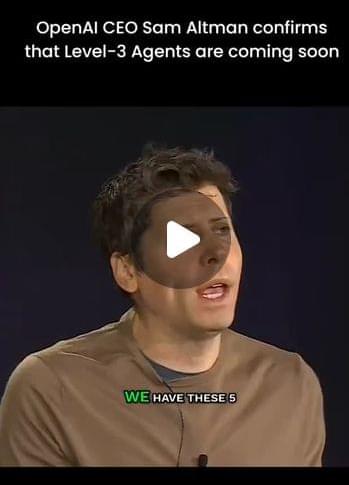A team of physicists at ETH Zürich has built the first-ever working mechanical qubit. In their paper published in the journal Science, the group describes their novel idea for creating such a qubit and how well it has worked during testing.
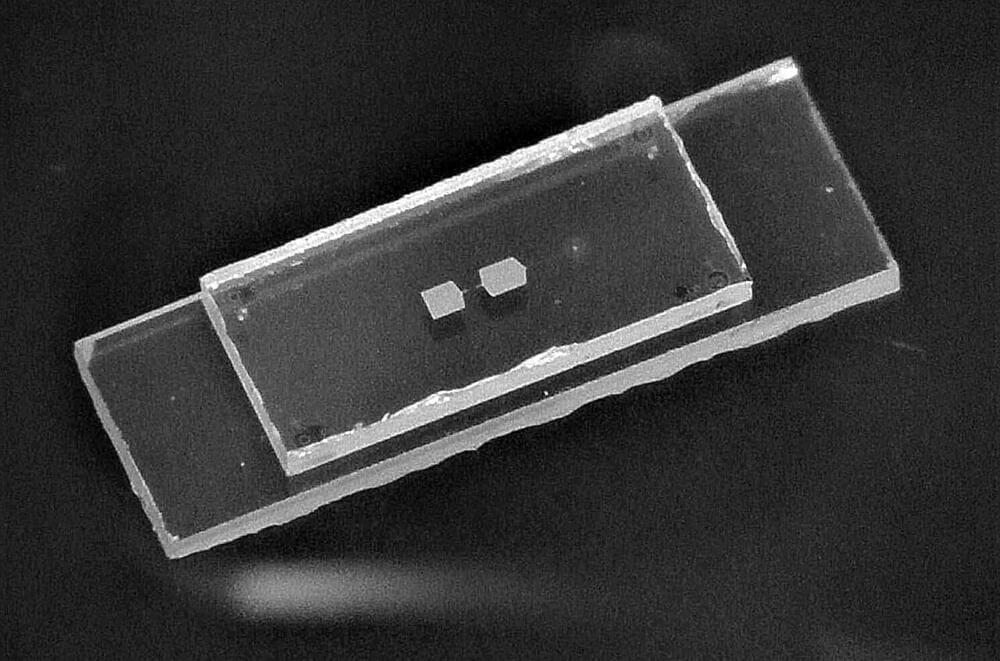

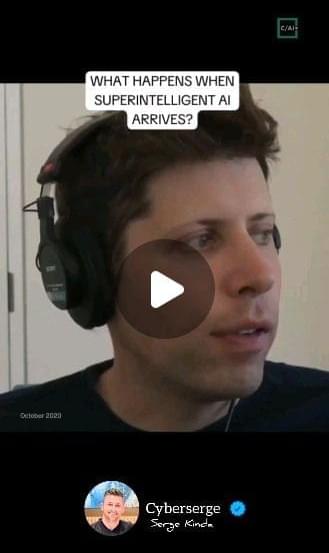
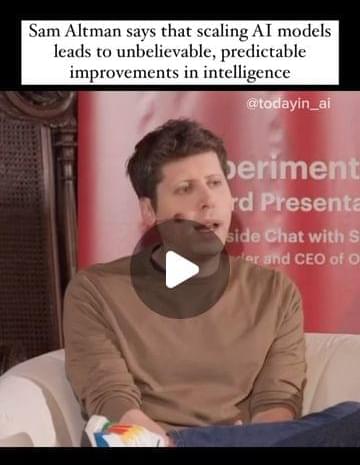
Predictable improvements in intelligence. He wondered if he was crazy or in a cult when he tried explaining it to others and they didn’t understand it. — - — 👉 Before you go 👋 If you want to keep up with the latest news on AI startups and how they’re changing the world, join 1000+ subscribers reading our newsletter for FREE! Link in bio. — - — #samaltman #openai #gpt3 #gpt4 #gpt4o #artificialintelligence #scalemodels #scaling #todayinai
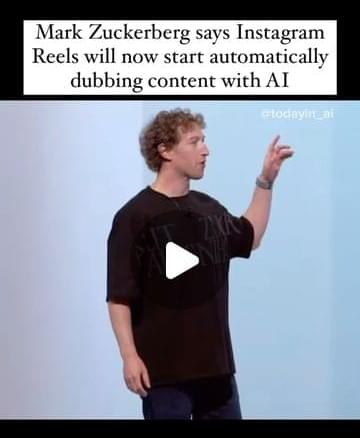
Mark Zuckerberg says thatInstagram Reels will now start to automate dubbing with AI, starting with English and Spanish, and shows a demonstration. — - — 👉 Before you go 👋 If you want to keep up with the latest news on AI startups and how they’re changing the world, join 1000+ subscribers reading our newsletter for FREE! Link in bio. — - — #markzuckerberg #zuck #aidubbing #largelanguagemodels #todayinai
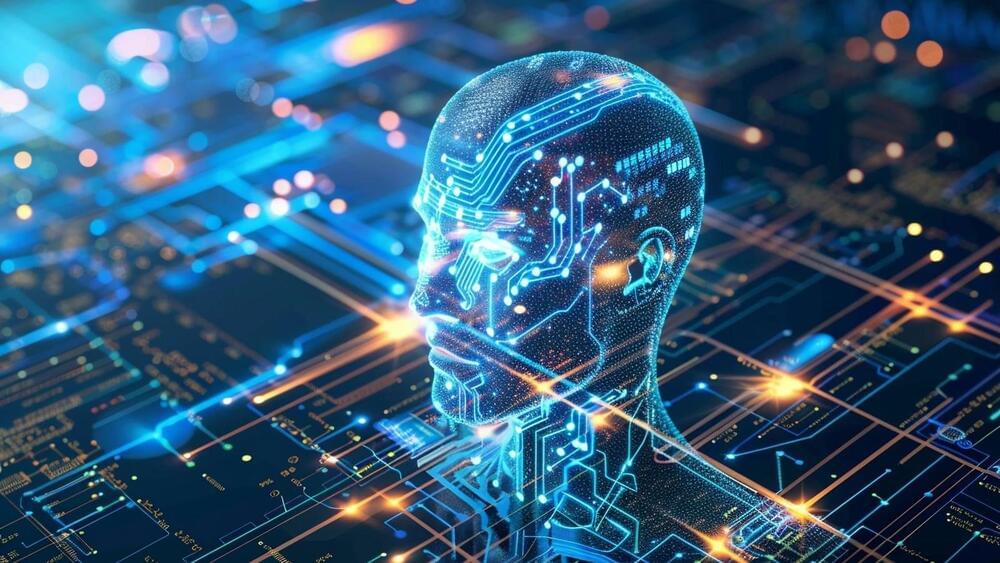
The chess pieces of artificial intelligence are being dramatically rearranged. While previous iterations of AI focused on making predictions or generating content, we’re now witnessing the emergence of something far more sophisticated: AI agents that can independently perform complex tasks and make decisions. This third wave of AI, known as ‘agentic AI,’ represents a fundamental shift in how we think about and interact with artificial intelligence in the workplace.
To appreciate where we’re heading, it’s essential to understand where we’ve been. “The first wave was really predictive AI,” explains Silvio Savarese, Executive Vice President and Chief Scientist of Salesforce AI Research. This initial wave enabled businesses to forecast trends and make data-driven decisions. The second wave brought us generative AI, which Savarese describes as the ability to “generate content and allow conversations with humans.” Now, we’re entering the third wave — agentic AI — where AI systems can autonomously execute tasks and interact with other AI agents.
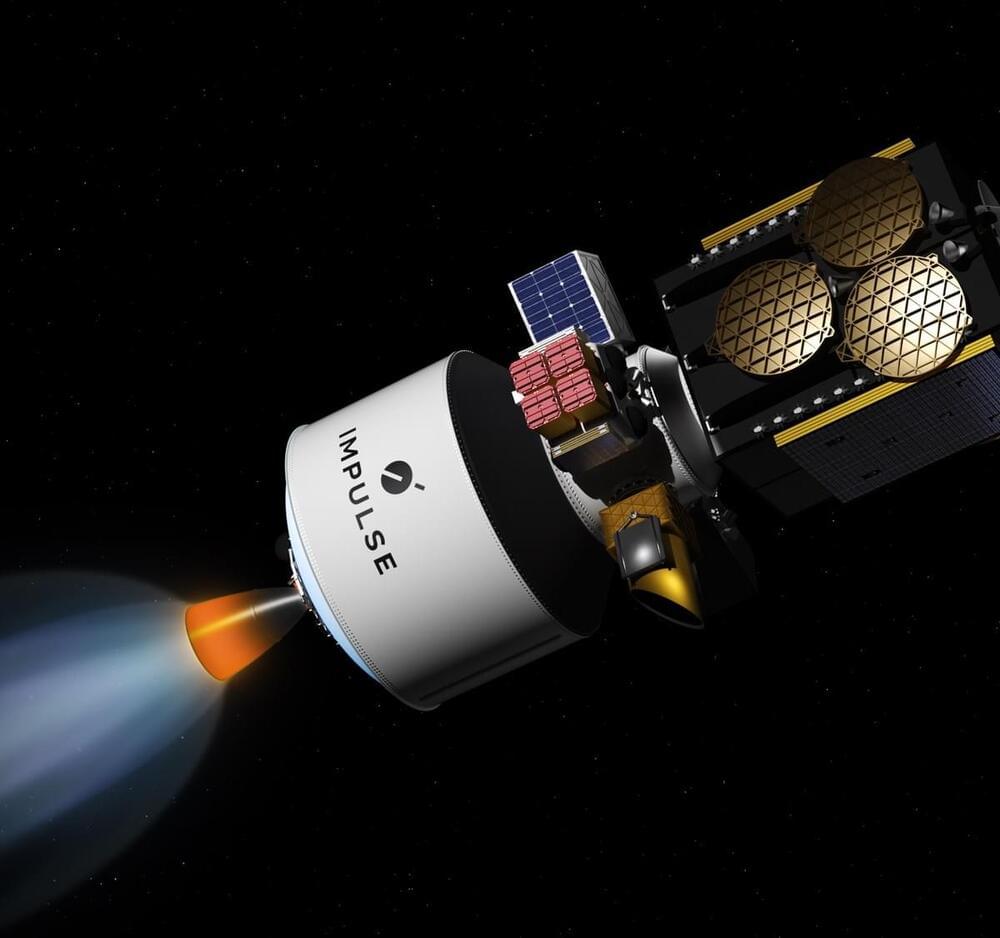
WASHINGTON — Impulse Space has purchased three Falcon 9 launches for its Helios transfer vehicle for missions starting in 2026, including one for the Space Force.
Impulse Space announced Nov. 14 that it signed a contract with SpaceX for the Falcon 9 launches. Each launch will carry the company’s Helios transfer vehicle, a high-energy kick stage the company introduced in January to transport payloads quickly between orbits.
The first launch, planned for mid-2026, will be the first flight of Helios. The transfer vehicle will transport the company’s smaller Mira vehicle, carrying a commercial optical payload, from low Earth orbit to geostationary transfer orbit on the Victus Surgo mission for the Space Force and Defense Innovation Unit. Impulse Space received a $34.5 million contract for Victus Surgo and another mission, Victus Salo, Oct. 3. Impulse Space said the schedule and payloads for the other two Helios launches will be determined later.
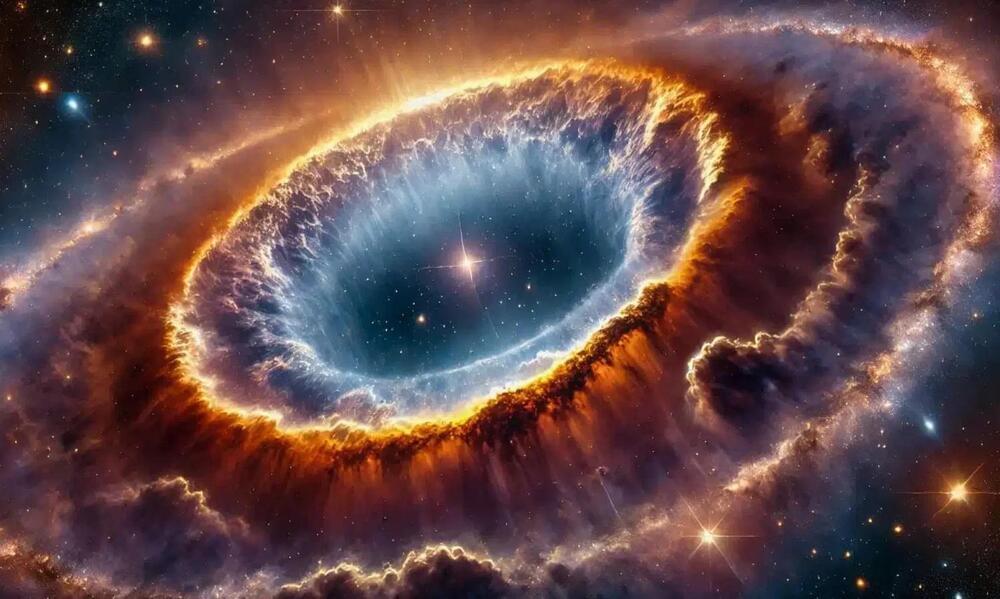

To many small-business owners, AI still seems like something out of a sci-fi film—abstract, intimidating and not applicable to their lives. While there are many AI business tools available on the market today, most tools aren’t accessible or intuitive enough for the average small-business owner.
In theory, AI can help some SMBs with marketing, product adjustments, bookkeeping, decision-making and more. However, these tools are based on global data found on the web and are blind to business-specific data. Therefore, they don’t take important parameters like the small business’s location, industry and size into account.
To harness the true potential of AI and obtain truly valuable insights, AI systems need detailed information about the business history and future goals of the SMB. This tailored approach ensures that AI tools are not just functional but are strategic assets that contribute meaningfully to business growth and decision-making.

